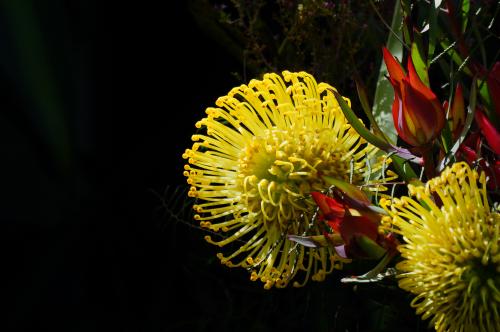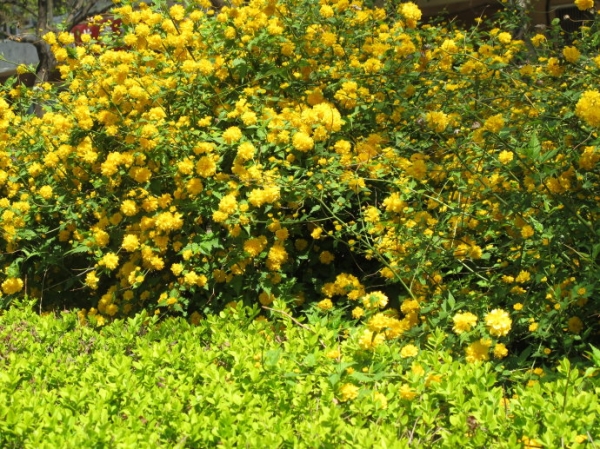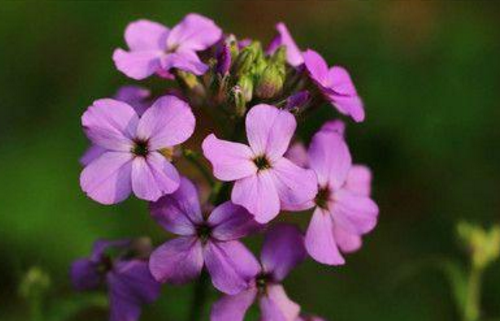Culture methods of Imperial Flower
The first aspect-- lighting
The imperial flower likes the environment with plenty of light, so make sure that the imperial flower has enough light and is usually placed on the balcony and in a ventilated and sunny place.
The second aspect-soil
The planting soil of imperial flower needs loose and well-drained sandy soil, which is beneficial to the growth of imperial flower.
The third aspect-watering
Imperial flowers like a dry environment, avoid stagnant water, so watering should be appropriate, not too much watering, so that the imperial flowers will not rot their roots.
The fourth aspect-fertilization
The imperial flower does not have a high demand for fertilizer, so it is not necessary to fertilize the imperial flower often, only once in spring and autumn.
The fifth aspect-- disease and insect nuisance
Imperial flowers are more prone to pests and diseases, so once insect pests are found, insecticides should be sprayed immediately to kill pests. If diseases are found in imperial flowers, the diseased branches should be cut off immediately, and then repair liquid should be applied to prevent the disease from happening again.

Conservation methods of Imperial Flower: first, soil selection
The planting soil of imperial flower needs loose and well-drained sandy soil, which is beneficial to the growth of imperial flower.
Second, the light is sufficient
The imperial flower likes the environment with plenty of light, so make sure that the imperial flower has enough light and is usually placed on the balcony and in a ventilated and sunny place.
Third, watering properly
The imperial flower likes the dry environment and is not resistant to water and moisture, so it should be properly watered and not overwatered, so as not to let the imperial flower rot.
Fourth, the number of fertilizers
The imperial flower does not have a high demand for fertilizer, so it is not necessary to fertilize the imperial flower often, only once during the growing period.
OK, the above is the breeding method of imperial flowers introduced by Xiaobian. Have you learned it? Thank you for your reading!
The cultivation method and language of Imperial Flower
The imperial flower can be planted in the courtyard, and the small leaves can droop and close, just like the shy state, the imperial flower is aptly named. The imperial flower is produced in the tropics and is widely planted, which can promote the growth of the imperial flower in the wilderness and wasteland. What is the breeding method and language of imperial flowers? the following is an introduction to you.
The cultivation method and language of Imperial Flower
First, the culture method of imperial flower-root beard
The imperial flower is a taproot plant, and it does not have many roots, so it is better to use the method of direct seeding, if it is to move the root, it will cause root injury. So even if you have to move the roots, the more appropriate way is to wait until the seedlings are healthy and strong before moving the basin.
Second, the culture method of imperial flower-- sowing
To sow mimosa, first of all, choose the appropriate cultivation soil, and then spray all the soil with a spray can after compacting and flattening the soil. After the water seeps down, the seeds can be sowed into the soil. After planting the seeds, plant the seeds in a shallow pot, then cover the surface with soil and cover the seeds. After that, cover with plastic film to maintain the moisture of the soil, and place the basin soil in an astigmatism environment of about 20 degrees.
3. The cultivation method of imperial flower-- seedling
After the imperial flowers emerge, they remove the mulch from the pots so that the buds can be surrounded by the sun. When the seedlings grow to about three centimeters, they can be transplanted from a shallow basin, and then they can be planted in a separate basin, otherwise it will not be easy to survive.
- Prev

The Culture method of Diantang Flower
The flower of Diitang likes to grow in fertile and loose sandy soil, so it is best to plant it in loose, well-drained acid sandy soil. Watering Ditang flower needs less water, usually does not need more watering, rainy season does not need watering, to avoid root stagnant water causing rot
- Next

Culture method of blue incense mustard
Light blue mustard likes the sun very much, and it can be exposed to light all day during culture, or in a slightly dark environment, but pay attention to the fact that in summer, because the temperature is too high and the sun is too strong, you can't put the plant in direct sunlight. Give it proper shade to prevent the plant leaves from being burned.
Related
- Fuxing push coffee new agricultural production and marketing class: lack of small-scale processing plants
- Jujube rice field leisure farm deep ploughing Yilan for five years to create a space for organic food and play
- Nongyu Farm-A trial of organic papaya for brave women with advanced technology
- Four points for attention in the prevention and control of diseases and insect pests of edible fungi
- How to add nutrient solution to Edible Fungi
- Is there any good way to control edible fungus mites?
- Open Inoculation Technology of Edible Fungi
- Is there any clever way to use fertilizer for edible fungus in winter?
- What agents are used to kill the pathogens of edible fungi in the mushroom shed?
- Rapid drying of Edible Fungi

